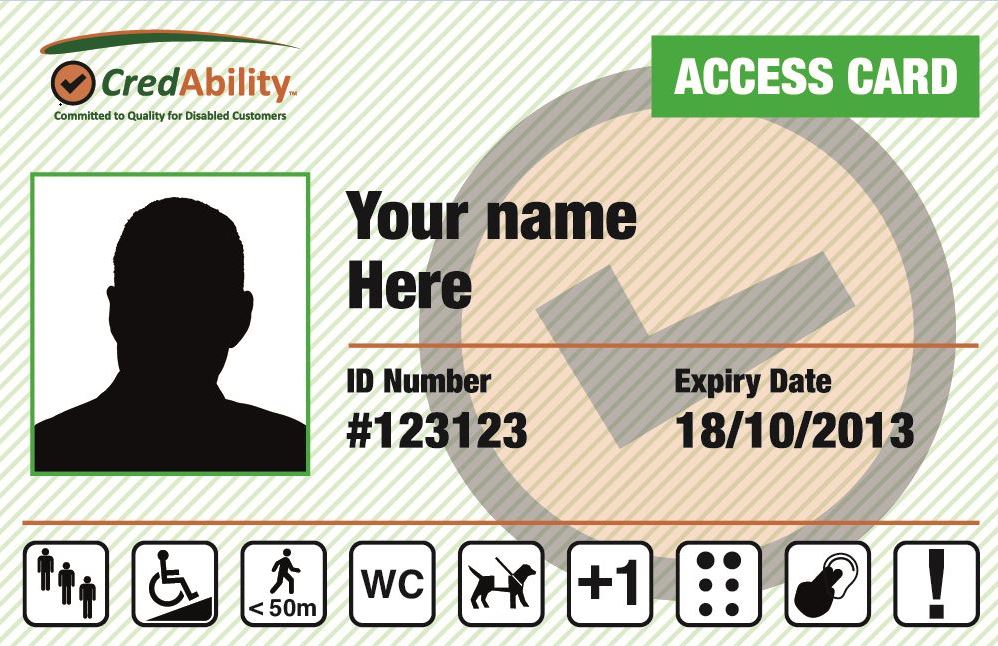I have no idea how conductors will collect payment onboard, but hope it won't be too complicated as that will greatly reduce onboard enforcement.
Probably just cut a COTS like they do with any other onboard revenue transaction.
But having to call CNOC for a passenger with only a credit card is going to be a big hassle.
it is actually easier than that. They can process the transaction but they should nudge the passenger in the direction of calling the 1-800 as if they are changing their reservation. This way, it can actually be entered in the PNR and everyone that has access to the manifest can see that the fee was already paid.
While I do understand where Devil's Advocate is coming from (is this a slippery slope, where will Amtrak go from here) this is one thing that should actually help, especially the conductors.
This isn't something that was dreamed up in a back room by a bunch of people rubbing their hands together, snickering about how they try to capture more revenue. This was pretty much a joint effort between crews and passengers alike. The trains are packed and passengers often load their excessive luggage into the ADA areas, which causes problems down line. It can delay trains as passengers grapple with bags that can barely fit down the aisle, let alone in the luggage rack.
As Jis (and others mentioned) the policy will not impact the vast majority of passengers. The passengers impacted will now have more of a clear cut policy instead of facing the potential of running into the far and few on board crew members that will enforce the policy.
This policy should really help the on board crews since passenger services is supposed to take the lead where they can. This is very powerful since they are the ones that tend to....how should we put this diplomatically.....have a department that employs people that may have an "incentive" to violate the current policy (every has that....right?

h34r: ) and when on board crews tried to enforce the policy on board, they were often told they were put on the train by the aforementioned group of employees.
This should greatly reduce the aspect.
The bottom line is the fee shouldn't impact that many people. If passengers wish to pay the fee, they may still bring what they need. If passengers decide not to travel with as much, well that still helps since there is less luggage, more spaces and hopefully, a little less dwell.
The only thing that surprises me is the timing. I thought they were going to wait a little while longer since some of the baggage cars are supposed to start eventually showing up on trains that currently don't have baggage cars.






